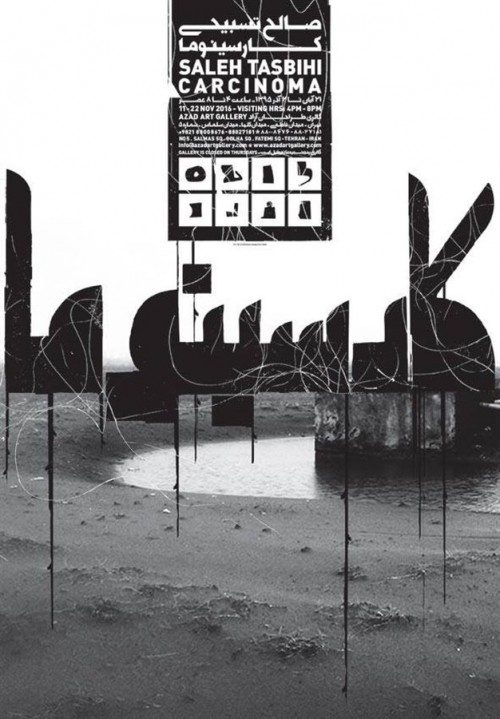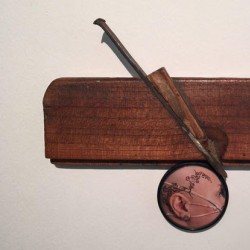
نمایشگاه›کارسینوما
روزهای تعطیل گالری: پنجشنبه ها
کارسینوما واژهای لاتین است. واژهی باستانی، بعدتر تبدیل شد به نوعی از «کَنسر». کارسینوما یعنی بلعنده. واژههای باستانی، میدانی، درست و دقیقاند و همحجمِ معنایی هستند که دارند. اعراب هم به تبعیت از طبِّ بقراطی، نامِ جانورِ بلعنده را به مریضی دادند و خرچنگِ به جانِ تن افتاده را «سرطان» خواندند. اما کلمات چقدر اعتبار دارند؟ وقتی بلعنده همه چیز را نمنم میخورد، تنِ بلندبالا را میبلعد و پوستی فرتوت و خالی پس میدهد؟ آنجا دیگر سکوت حاکم است. سکوت مطلق. و هیچ کلمهای کار نمیکند.
تماشای این رنج در سکوت، پروژهی کارسینوما را ذرهذره پیش برد. عکسها بدون تصمیم قبلی و بدونِ آن که دورنمای ارایه در عکاسی دخیل باشد؛ و تنها برای ثبت فراموشی برداشته شدند. و جعبهها و قابها به مرور، و از سر تخلیهی ذهن در اشیاء ساخته شدند.
طبعاً نمی توانسته ام از زاویه ی خودِ آدمِ سرطان زده درد را بو بکشم، و در نهایت روایت کنم. در نتیجه روایتِ من در این مجموعه روایتِ یک ناظرِ کلافه است که به ترجمانِ احساسات و افکار مبهم پرداخته. و آونگ وار درد را ازدور می بیند و به آن نزدیک می شود، باز دور می شود و و نمی تواند به جهانش وارد شود و معلق میانِ دو تَن در رفت و آمد بوده است.
Carcinoma is a Latin word - an old word which later became ”cancer”. It means devourer. Ancient words, as you know, are true and precise and you can feel their meanings from the way they sound. Later on, Arabs followed Hippocrates and gave the name of the devourer animal to the disease and called the flesh eating crab “Saratan”. But how valid are words when the devourer eats everything slowly and devours the high and tall body to leave only the old hollow skin? That is where silence governs everything - an absolute silence in which no word is of use. | Watching this suffering in silence pushed the project of Carcinoma forward step by step. The photos are there just to record the forgetfulness and have been taken without prior decision and are also free of photographic presentation outlooks. The frames and boxes took shape slowly as the mind overflowed to cast itself into objects. | Naturally, I could not feel and thus narrate the pain as the patients themselves feel it. Therefore my narrative in this collection is the narrative of a disturbed witness who has translated his own vague feelings and thoughts into form. It is the narrative of a witness who has watched pain from a far distance, then from a closer distance and then again from far away in a swinging motion like a pendulum – and thus he could not in any way penetrate that world in his back and forth journey between the two bodies.
مکان
خیابان ولیعصر (عج)، خیابان فتحی شقاقی، میدان سلماس، پلاک ۵تلفن: ۸۸۰۰۸۶۷۶
نقشه بزرگتر و مسیریابی
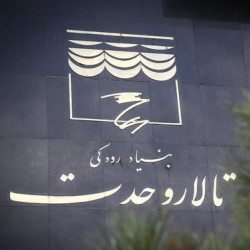 تالار وحدت
تالار وحدت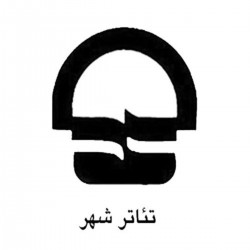 تئاترشهر تهران
تئاترشهر تهران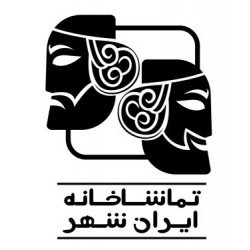 تماشاخانه ایرانشهر
تماشاخانه ایرانشهر مجموعه تئاتر لبخند
مجموعه تئاتر لبخند عمارت هما
عمارت هما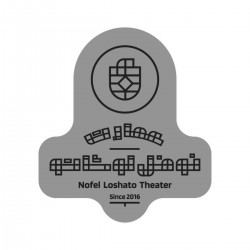 عمارت نوفل لوشاتو
عمارت نوفل لوشاتو تئاتر هامون
تئاتر هامون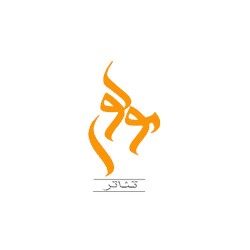 تالار مولوی
تالار مولوی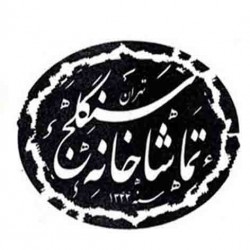 تماشاخانه سنگلج
تماشاخانه سنگلج تماشاخانه هیلاج
تماشاخانه هیلاج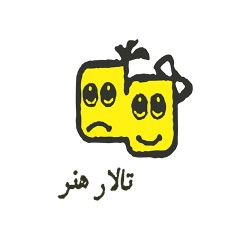 تالار هنر
تالار هنر بلک باکس ایرانمال
بلک باکس ایرانمال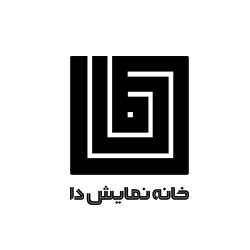 خانه نمایش دا
خانه نمایش دا خانه هنرمندان ایران
خانه هنرمندان ایران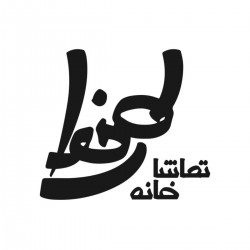 تماشاخانه طهران
تماشاخانه طهران